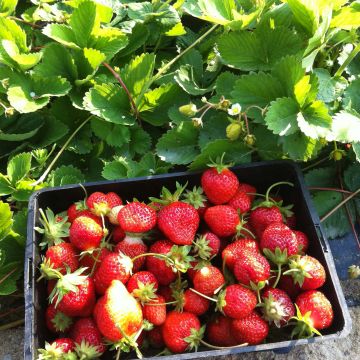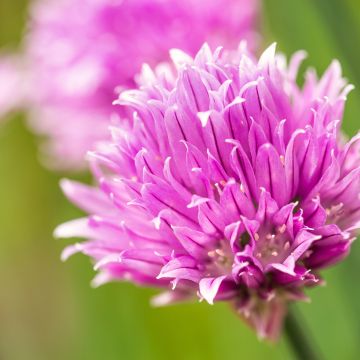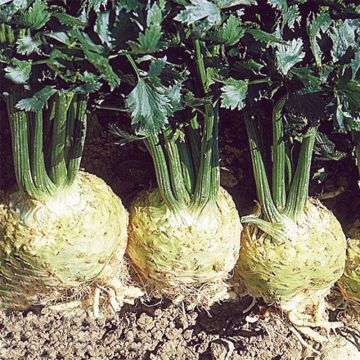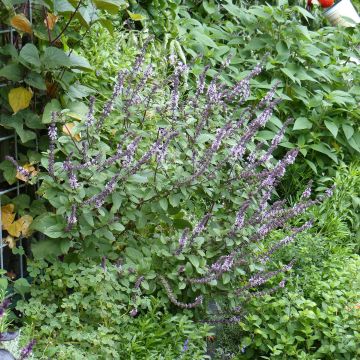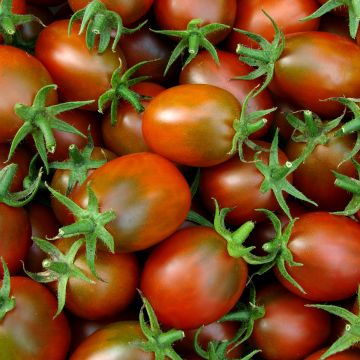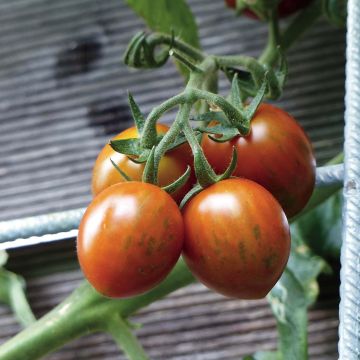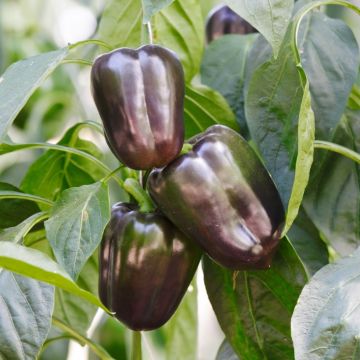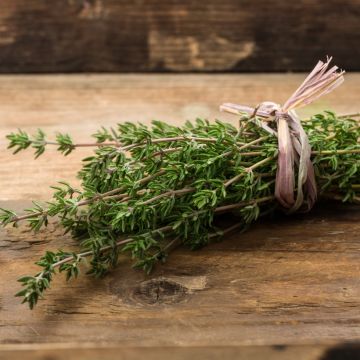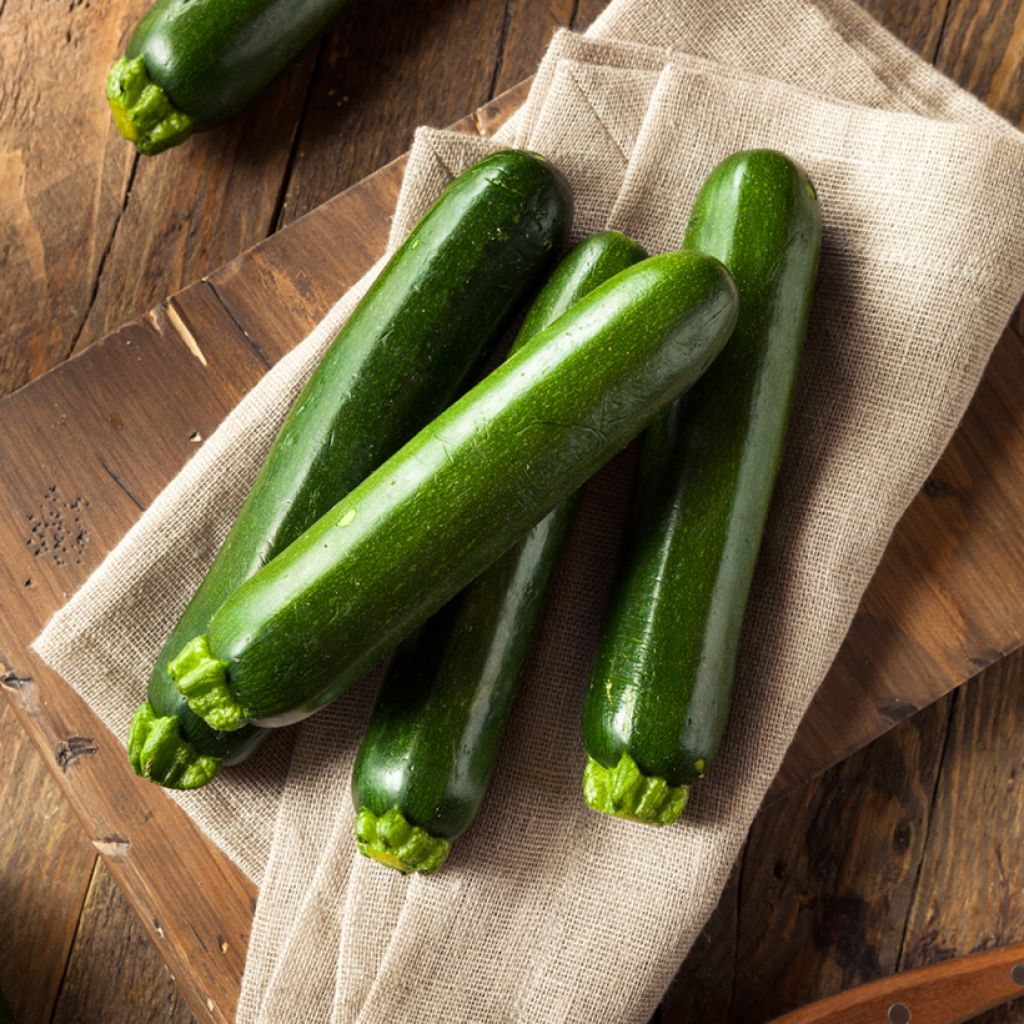

Zucchini Brillante F1 - Cucurbita pepo
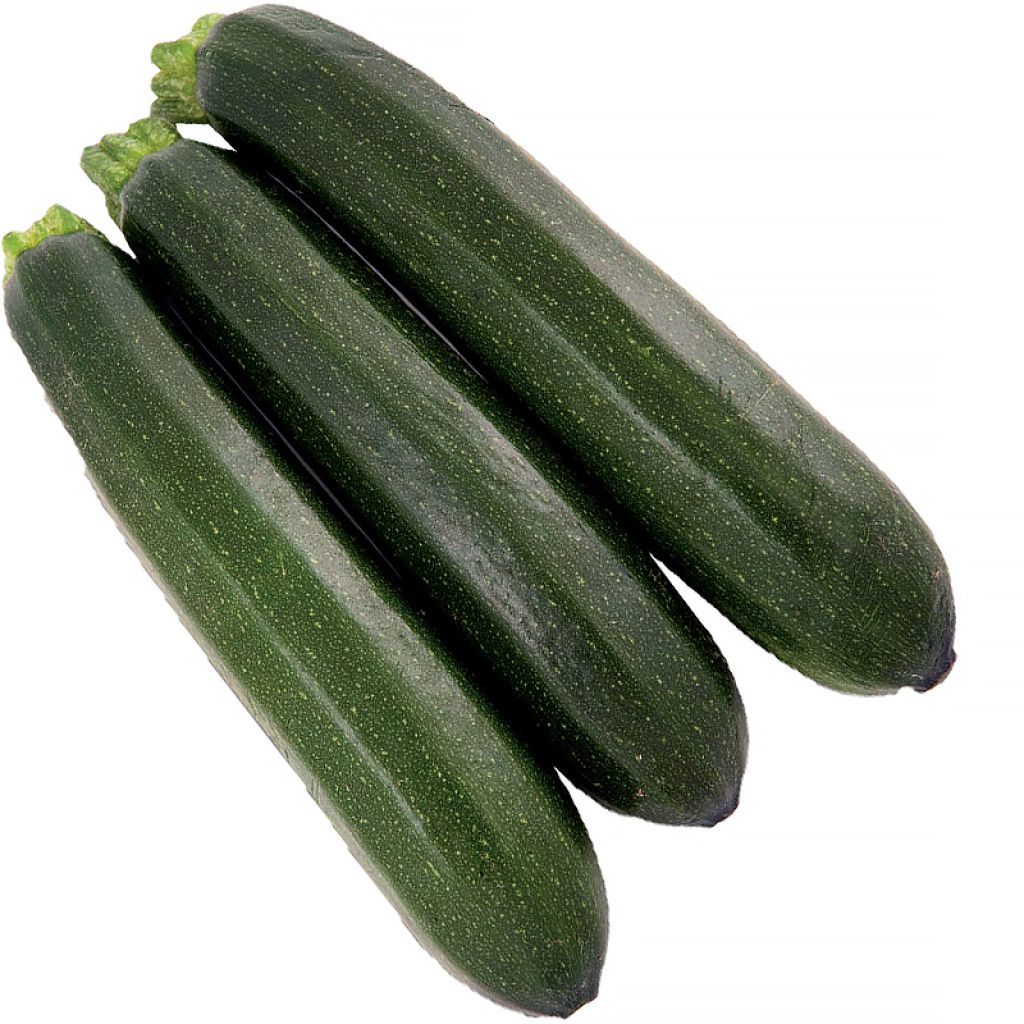

Zucchini Brillante F1 - Cucurbita pepo
Zucchini Brillante F1 - Cucurbita pepo
Cucurbita pepo Brillante F1
Zucchini, Summer Squash
Special offer!
Receive a €20 voucher for any order over €90 (excluding delivery costs, credit notes, and plastic-free options)!
1- Add your favorite plants to your cart.
2- Once you have reached €90, confirm your order (you can even choose the delivery date!).
3- As soon as your order is shipped, you will receive an email containing your voucher code, valid for 3 months (90 days).
Your voucher is unique and can only be used once, for any order with a minimum value of €20, excluding delivery costs.
Can be combined with other current offers, non-divisible and non-refundable.
Why not try an alternative variety in stock?
View all →This plant carries a 6 months recovery warranty
More information
We guarantee the quality of our plants for a full growing cycle, and will replace at our expense any plant that fails to recover under normal climatic and planting conditions.
Description
The Organic Brilliant F1 Courgette is a vigorous non-trailing variety, fairly compact, semi-early and with a very good yield, highly resistant to diseases, particularly suitable for outdoor cultivation. In summer, the plant produces numerous cylindrical fruits with dark green, shiny skin. They keep well. The plant has a fairly open habit, which facilitates harvesting. It can be planted from April to July, after the last frosts, for a harvest from July to October.
NB: this variety is labeled F1 for “F1 hybrid” as it is a variety resulting from the cross-breeding of carefully selected parents to combine their qualities. This results in a variety that can be particularly flavorful and/or early while being resistant to certain diseases. Sometimes criticized or wrongly associated with GMOs, F1 hybrid seeds are interesting both for their uniformity and their resistance but, unfortunately, their qualities do not pass on to the next generations: it will therefore not be possible to recover the seeds for later sowing.
Smooth, ribbed, warty, with tender skin, etc. squashes and courgettes offer us an astonishing variability of shapes, colors, and sizes, as they hybridize with disconcerting ease. That's why there are so many varieties.
In common language, winter squash refers to all kinds of pumpkins, potimarrons, butternuts, etc. with tough skin and delicately sweet flesh. By summer squash or courgettes, we mean the different varieties that are harvested when still young and with tender skin. The latter are consumed with the seeds.
They all originate from America and belong to the large cucurbit family. They were introduced to Europe in the 16th century.
- There are about ten species of squash, four of which are the most cultivated in our vegetable gardens. These are Cucurbita pepo, musk squashes, Cucurbita maxima, and finally Cucurbita argyrosperma.
- Cucurbita pepo: these are the most common in vegetable gardens and include certain pumpkins, courgettes, pattypan squashes, etc. They are generally recognized by their rigid, cut leaves and their angular peduncle with at least 5 ribs that do not widen at the point of attachment to the fruit.
- Musk squashes: they have soft leaves. The peduncle is very ribbed and visibly widens at the point of attachment to the fruit. The leaves take the shape of a heart.
- Cucurbita maxima: these are mainly pumpkins. Their peduncle is round and takes on a slightly spongy appearance. As the name of the species suggests, it mainly concerns large-fruited varieties. The leaves have 5 lobes.
- Cucurbita argyrosperma: very rarely found in our gardens, they have trilobed leaves and a thick, sturdy, and non-ribbed peduncle.
Often trailing, they cling to any support with their tendrils. Female flowers can be distinguished from male flowers by their inferior ovary (under the flower), which resembles an embryo of a fruit. In many regions, male flowers are harvested just after pollination to be eaten stuffed or in fritters. There are many ways to consume squashes and courgettes. Sautéed, fried, baked, in soups or stuffed. Courgettes are a key ingredient in Provençal ratatouille, Italian caponata, Maghrebi couscous, or many emblematic Mediterranean dishes.
Harvest: Squashes and courgettes are fruits that need a lot of water to bring out their best. Squashes will be better if harvested when ripe. Courgettes are harvested young and fresh, still immature. All should be handled with care and remain free from any cuts or bruises.
Storage: Courgettes can be cut into pieces and frozen. Their delicate skin is not suitable for storage as is. Winter squashes with tough skin can be stored for several months and consumed throughout the winter. Unlike other fruits and vegetables, they need warmth for optimal storage. There is no need to store them in a dark place, so you might as well keep them where their plump silhouette can be appreciated.
A gardener's tip: Place a slate board or tile under the fruit. It will no longer be in direct contact with the ground, thus avoiding rotting due to moisture. Similarly, they particularly like slightly moist soil. Remember to mulch around the plants, especially during the height of summer. Squashes and courgettes are very prone to powdery mildew (a fungal disease leaving a white fuzz on the surface of the leaves). Be careful not to water the leaves or flowers. Associate your squashes with alliums such as chives, onions, or shallots, or with legumes such as beans or peas. On the other hand, the marriage of squash and cucumber may be detrimental to both parties.
Report an error about the product description
Harvest
Plant habit
Foliage
Planting and care
The Courgette is grown in the sun, in a sheltered location. It is a fairly demanding vegetable that requires well-fertilized and moist soil. It is recommended to make a good application of mature compost (about 3/4 kg per m2) a few months before planting, by scratching the soil to a depth of 5 cm (2in), after having loosened the soil as for any vegetable crop. The Courgette thrives in cool and light soils.
Planting:
Planting in open ground is done from mid-May to mid-July, when the risk of frost has passed and the soil is sufficiently warm. Space the plants 80 cm (32in) apart in all directions. Soak the plants in water for a few moments before planting. Dig a hole 20 cm (8in) in all directions and place fresh organic matter at the bottom. Place the plant, cover with fine soil and firm down. Water thoroughly.
Maintenance:
Hoe and weed at the beginning of the cultivation. We recommend mulching the soil, towards the end of June, with thin successive layers of mowing, mixed if possible with dead leaves. This protection, which keeps the soil moist, also reduces weeding. During cultivation, water regularly and generously (once a week in summer if mulched).
Like all cucurbits, the Courgette can be susceptible to powdery mildew: a white coating appears on the foliage. It is necessary to remove severely affected leaves and, if necessary, spray with wettable sulfur every 2 weeks. In case of minor infestation, you can also treat the stems with skimmed milk, diluted to 10 to 20% in rainwater. As a preventive measure, avoid watering the foliage. A decoction of horsetail can also be applied to strengthen foliage resistance.
Finally, you can protect young plants from slugs and snails by placing ash or coffee grounds nearby, to be replenished in case of rain.
Trailing varieties need to be pinched. When the plant has 4 or 5 leaves, cut the stem above the first two leaves. Then cut the secondary stems again, after the formation of 3 or 4 fruits.
Cultivation
Care
Intended location
This item has not been reviewed yet - be the first to leave a review about it.
Similar products
Haven't found what you were looking for?
Hardiness is the lowest winter temperature a plant can endure without suffering serious damage or even dying. However, hardiness is affected by location (a sheltered area, such as a patio), protection (winter cover) and soil type (hardiness is improved by well-drained soil).

Photo Sharing Terms & Conditions
In order to encourage gardeners to interact and share their experiences, Promesse de fleurs offers various media enabling content to be uploaded onto its Site - in particular via the ‘Photo sharing’ module.
The User agrees to refrain from:
- Posting any content that is illegal, prejudicial, insulting, racist, inciteful to hatred, revisionist, contrary to public decency, that infringes on privacy or on the privacy rights of third parties, in particular the publicity rights of persons and goods, intellectual property rights, or the right to privacy.
- Submitting content on behalf of a third party;
- Impersonate the identity of a third party and/or publish any personal information about a third party;
In general, the User undertakes to refrain from any unethical behaviour.
All Content (in particular text, comments, files, images, photos, videos, creative works, etc.), which may be subject to property or intellectual property rights, image or other private rights, shall remain the property of the User, subject to the limited rights granted by the terms of the licence granted by Promesse de fleurs as stated below. Users are at liberty to publish or not to publish such Content on the Site, notably via the ‘Photo Sharing’ facility, and accept that this Content shall be made public and freely accessible, notably on the Internet.
Users further acknowledge, undertake to have ,and guarantee that they hold all necessary rights and permissions to publish such material on the Site, in particular with regard to the legislation in force pertaining to any privacy, property, intellectual property, image, or contractual rights, or rights of any other nature. By publishing such Content on the Site, Users acknowledge accepting full liability as publishers of the Content within the meaning of the law, and grant Promesse de fleurs, free of charge, an inclusive, worldwide licence for the said Content for the entire duration of its publication, including all reproduction, representation, up/downloading, displaying, performing, transmission, and storage rights.
Users also grant permission for their name to be linked to the Content and accept that this link may not always be made available.
By engaging in posting material, Users consent to their Content becoming automatically accessible on the Internet, in particular on other sites and/or blogs and/or web pages of the Promesse de fleurs site, including in particular social pages and the Promesse de fleurs catalogue.
Users may secure the removal of entrusted content free of charge by issuing a simple request via our contact form.
The flowering period indicated on our website applies to countries and regions located in USDA zone 8 (France, the United Kingdom, Ireland, the Netherlands, etc.)
It will vary according to where you live:
- In zones 9 to 10 (Italy, Spain, Greece, etc.), flowering will occur about 2 to 4 weeks earlier.
- In zones 6 to 7 (Germany, Poland, Slovenia, and lower mountainous regions), flowering will be delayed by 2 to 3 weeks.
- In zone 5 (Central Europe, Scandinavia), blooming will be delayed by 3 to 5 weeks.
In temperate climates, pruning of spring-flowering shrubs (forsythia, spireas, etc.) should be done just after flowering.
Pruning of summer-flowering shrubs (Indian Lilac, Perovskia, etc.) can be done in winter or spring.
In cold regions as well as with frost-sensitive plants, avoid pruning too early when severe frosts may still occur.
The planting period indicated on our website applies to countries and regions located in USDA zone 8 (France, United Kingdom, Ireland, Netherlands).
It will vary according to where you live:
- In Mediterranean zones (Marseille, Madrid, Milan, etc.), autumn and winter are the best planting periods.
- In continental zones (Strasbourg, Munich, Vienna, etc.), delay planting by 2 to 3 weeks in spring and bring it forward by 2 to 4 weeks in autumn.
- In mountainous regions (the Alps, Pyrenees, Carpathians, etc.), it is best to plant in late spring (May-June) or late summer (August-September).
The harvesting period indicated on our website applies to countries and regions in USDA zone 8 (France, England, Ireland, the Netherlands).
In colder areas (Scandinavia, Poland, Austria...) fruit and vegetable harvests are likely to be delayed by 3-4 weeks.
In warmer areas (Italy, Spain, Greece, etc.), harvesting will probably take place earlier, depending on weather conditions.
The sowing periods indicated on our website apply to countries and regions within USDA Zone 8 (France, UK, Ireland, Netherlands).
In colder areas (Scandinavia, Poland, Austria...), delay any outdoor sowing by 3-4 weeks, or sow under glass.
In warmer climes (Italy, Spain, Greece, etc.), bring outdoor sowing forward by a few weeks.






































